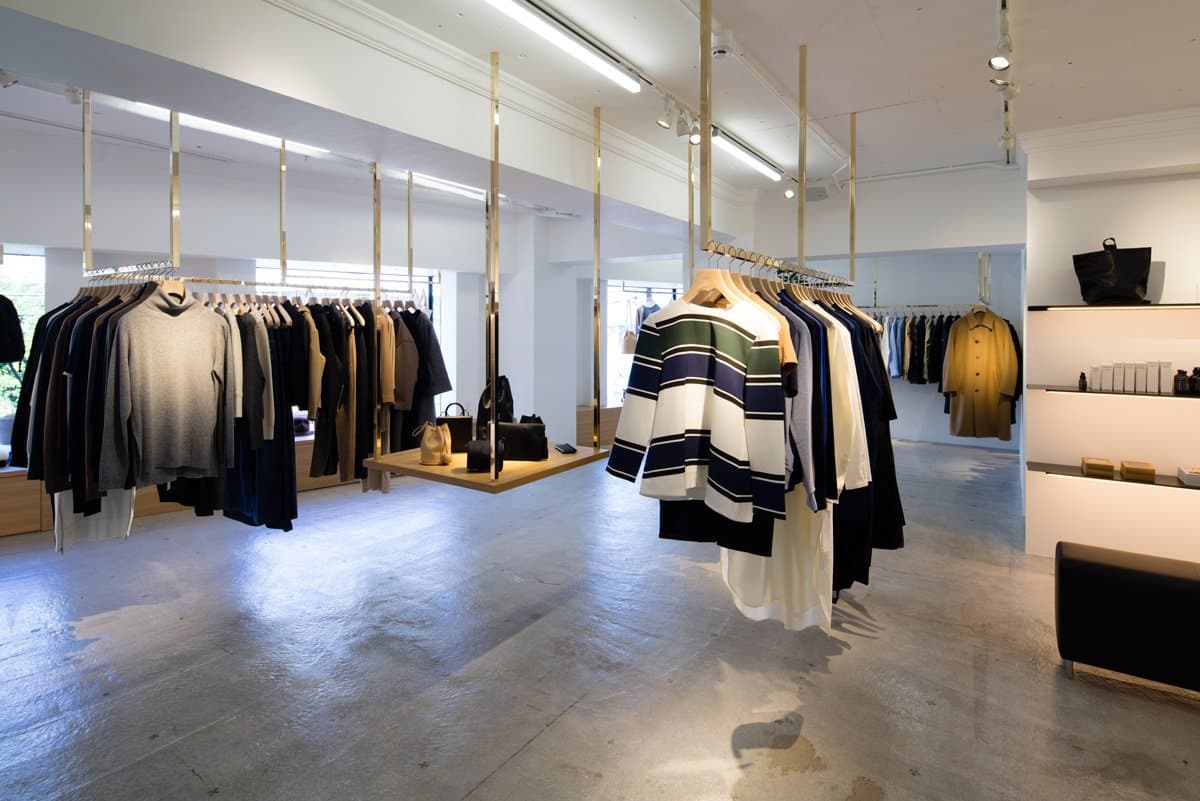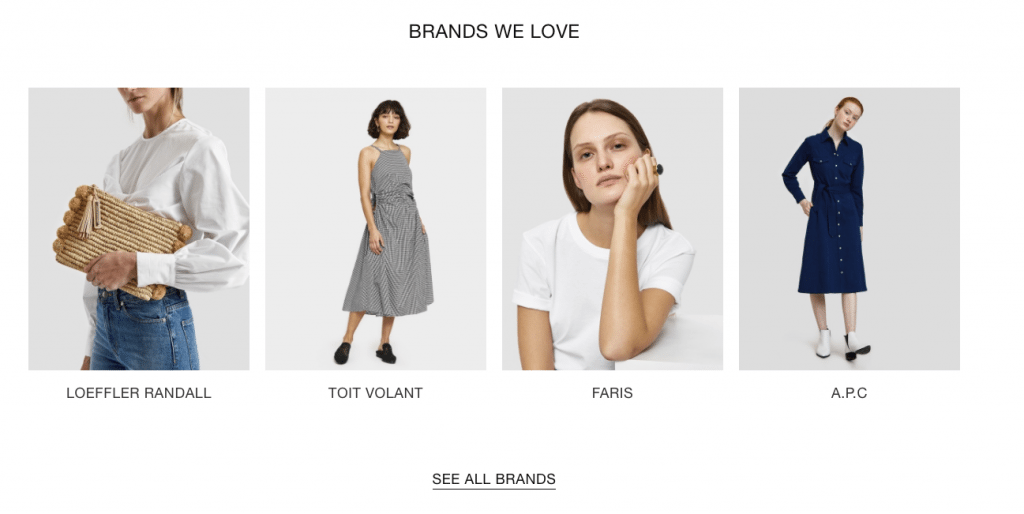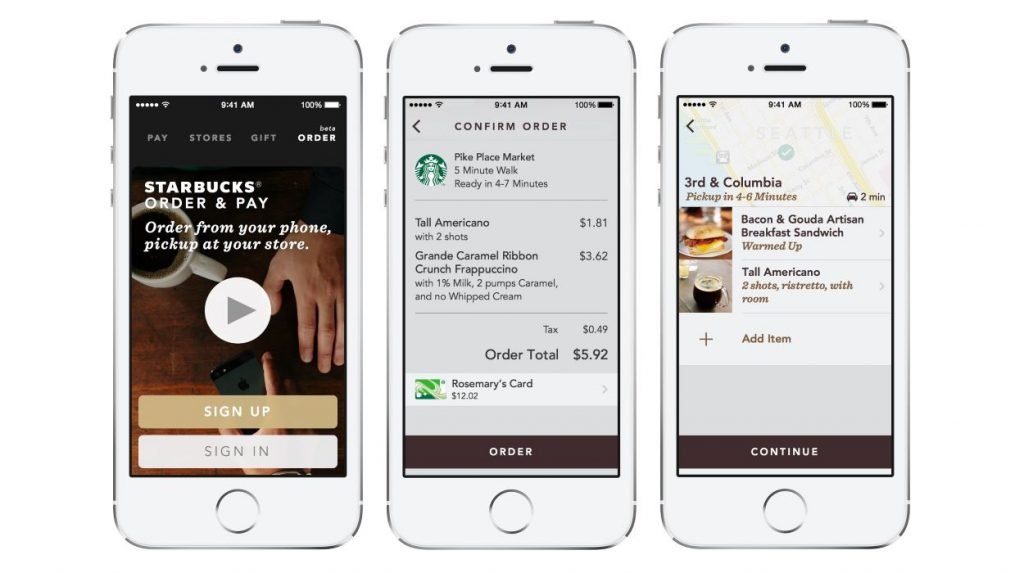Article
Smarter Segmentation and an Omnichannel Balance: Q&A with Need Supply Co’s Aneesha Rao
April 16, 2018

Spiders, heights, public speaking and failure are some of the most common fears out there. However, the latter doesn’t scare Aneesha Rao.
A former Googler whose job as the Strategy and Digital Marketing Manager at Need Supply Co. and Totokaelo, Aneesha’s job spans email, advertising, onsite performance and data analytics. And during an event at our office, she mentioned learning more from her failures than her successes.
We spoke to Aneesha again to hear more what exactly she’s learned from failures, as well as smarter segmentation and the road to personalization, and why she feels like she never left the tech world.

What’s been your most valuable post-failure lesson?
Right now, I’m intellectually struggling with the concept of leadership and the kind of behaviors that leaders have to embody. I think most of my failures that I take to heart come from interpersonal failures. Maybe I didn’t communicate what I wanted in the most effective way, or a report is struggling with a concept that I didn’t explain clearly. Or maybe I bring in my own personal unconscious and conscious biases to a meeting, and am setting myself up for failure. Ultimately, what I’ve learned from those daily struggles is that kindness is paramount.
I think if I have learned one thing from my work experience, it’s that kindness and hard work at 80% of the job. This percentage comes from Google Analytics and spans 2016-2018 (just kidding). Arbitrary percentages aside, I think the answer to failure is treat yourself with kindness, because you are growing and evolving, and perhaps current failure will evolve into changed behavior.
You went from Google to Betabrand to Need Supply. What was your biggest challenge transitioning from tech to retail?
I don’t feel like I ever really left technology so I don’t think there was any transition to account for. I have always been connected to the technical aspect of various platforms, and I feel empowered from my understanding of those technical platforms. At the same time, I’ve always been interested in fashion.
When I was younger, I was made fun of all the time for my clothes and the way I decided to wear them — I love loud, clashing patterns. I think it’s why I gravitated towards books so vehemently. I tried to create these worlds for myself where it didn’t matter what you looked like, how you presented yourself, that maybe everyone in those worlds just inherently understood that we were all just experimenting with this one sacred life. Now, I feel empowered by the clothes I wear. I don’t think I transitioned from tech to retail; I think I have come closer and closer to who I want to be, and fashion is tied to my identity in a crucial way.
Need Supply has a huge variety of products. How do you determine which ones to show to who?
That’s the golden question. The first thing I do is try and understand the different types of customers that we have. We have a sneakers customer who is really excited about new shoe releases. We have a customer who really likes Stelen and Farrow, our feminine, stylish brands, and on and on.

Once we start understanding our customer base, it’s easier to show them great product when they want to see it. It’s important to personalize everything so that no two people are receiving the same email, or viewing the same advert. Personalization, I think ultimately, transforms marketing into giving people what they want, when they want it.
How does the road to personalization starts with smarter segmentation?
I think one way to segment customers intelligently is by thinking about every customer’s frequency of purchase as an individual metric. So, perhaps I shop at Need Supply every week, but I shop at Totokaelo once every 2 weeks. I’d like the tone and the cadence of emails and adverts I receive to reflect my shopping behavior.
And when it’s time for me to shop, I’d like to remove some of the onus from myself, to decide what I want. Sometimes, you just want something new: a new wardrobe for spring, a new pair of earrings for the dinner party you’ve planned in two weeks. I’d like to see products that I’m in the market for, when I have the idea to buy it.
How do you find the right balance in combining in-store and online shopping experiences?
I think the in-store experience is a great branding opportunity. So the question becomes how can you elevate in-store experiences so you’re modeling service after hotel chains or companies like Zappos that are known for service? I think the answer is ultimately bringing the web experience in-store. That can be logging a customer in when they come in the store, or having products they’re likely to buy on the rack for them. Either way, I think the future is a combination of what Amazon and Starbucks are doing.
I think the concept of Starbucks “to-go” orders, where you click a button on an app and your coffee is waiting for you, will translate to other industries pretty soon. The Amazon in-store experience is so futuristic. I think that brings up another great question: Why are we all attached to the idea of checkout? Our identity can be confirmed online, so why do we still use a cumbersome physical card?

What excites you most about the future of the industry?
The technical advancements to come. I think that journalism and retail have both struggled to find their online identities. In that struggle there have been standout companies like BuzzFeed, ClickHole and Birchbox, who really understand their customer and cater content to them. I think personalization and the customer-first mindset will expand as technology gets more advanced. I’m excited to get served an ad for toilet paper when I have the thought that my toilet paper has run out. And then my Google-Brain syncs with my Amazon-Cryptocurrency-Wallet to order those fresh rolls.
The State of Brand Loyalty in the U.S. in 2023
Related



